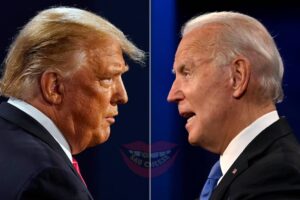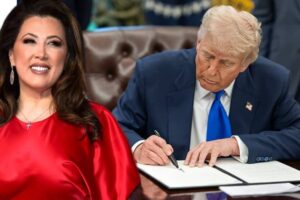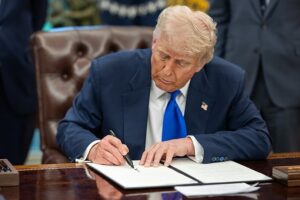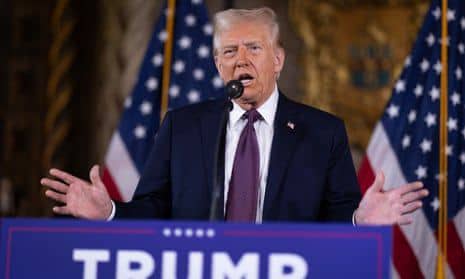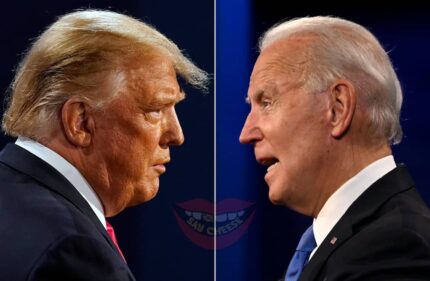President Donald Trump declared his intention to order the U.S. military to construct an “iron dome” defense system. Speaking at a rally, Trump emphasized the importance of securing the United States against potential missile threats, framing the initiative as a cornerstone of his national defense strategy.
“As Commander in Chief, I will ensure the safety of every American by deploying the most advanced defense technologies,” Trump stated. The proposed iron dome system is designed to intercept and neutralize missile attacks, offering a comprehensive shield against evolving threats from adversaries worldwide.
A Closer Look at the “Iron Dome” Technology
The concept of an iron dome originates from Israel’s highly successful missile defense system, which has demonstrated remarkable effectiveness in intercepting incoming rockets. Donald Trump’s plan seeks to adapt and expand this technology for U.S. use, incorporating cutting-edge advancements to address a broader range of missile threats, including intercontinental ballistic missiles (ICBMs).
Experts suggest that the U.S. version of the iron dome would require significant modifications to cover the nation’s vast geography. This system would likely integrate radar, satellite tracking, and advanced interceptor missiles to ensure comprehensive protection. However, analysts caution that adapting such a system for U.S. needs could present logistical and financial challenges.
Funding the Iron Dome: Economic and Strategic Implications
Donald Trump’s proposal raises questions about the financial implications of constructing a nationwide missile defense system. Estimates suggest that developing and deploying an iron dome on this scale could cost hundreds of billions of dollars. Donald Trump, however, assured supporters that funding would be secured without compromising other critical defense initiatives.
Proponents argue that investing in an iron dome would strengthen America’s deterrence capabilities, reducing vulnerabilities to missile attacks. Critics, however, warn of potential trade-offs, such as diverting resources from other pressing national priorities like infrastructure, healthcare, and education.
Geopolitical Ramifications of the Iron Dome Initiative
The announcement has drawn international attention, with global powers closely monitoring the implications of a U.S.-based iron dome system. Donald Trump emphasized that this move is purely defensive and not intended to provoke adversaries. “This is about protecting our homeland, not escalating conflicts,” he remarked.
However, analysts note that the construction of an iron dome could shift global power dynamics, prompting rival nations to enhance their offensive missile capabilities. This development could lead to an arms race, particularly with countries like Russia and China, which have invested heavily in advanced missile technology.
Military Leaders and Defense Experts Weigh In
The iron dome initiative has sparked mixed reactions among military officials and defense experts. Supporters highlight the system’s potential to safeguard millions of lives and neutralize emerging threats, particularly from rogue states and terrorist organizations. “A strong missile defense system is a critical component of modern warfare,” said a retired general.
Opponents, however, question the feasibility of such a project, citing the complexity of integrating multiple defense systems into a seamless nationwide network. Additionally, concerns have been raised about the potential for cyberattacks targeting the system’s digital infrastructure, which could undermine its effectiveness.
Donald Trump’s Iron Dome: A Political Game-Changer?
The iron dome announcement has significant political implications, positioning Donald Trump as a champion of national security ahead of the upcoming elections. By leveraging a high-profile defense initiative, Donald Trump aims to galvanize his base and appeal to undecided voters who prioritize safety and military strength.
However, critics argue that the plan may be more about optics than feasibility, pointing to the enormous technical and financial hurdles. Whether the initiative gains traction or faces resistance will depend on bipartisan support in Congress and the military’s ability to translate the vision into reality. President Trump’s announcement of an iron dome for the United States marks a major step in national defense strategy. While the proposal promises enhanced security, it also presents complex challenges, from funding and logistics to geopolitical ramifications. As the plan unfolds, it will serve as a litmus test for America’s commitment to innovation and resilience in the face of evolving global threats.

